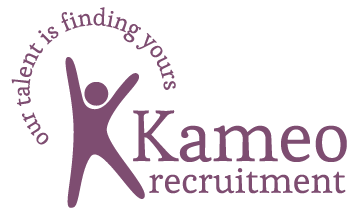Ignite Your Motivation: Conquer the First Working Day of the New Year with Kameo Recruitment
As the calendar turns its page to a new year, there’s an invigorating sense of renewal in the air. The first working day of the year serves as a canvas, ready to be painted with your ambitions and aspirations – how beautifully poetic is that?!
In all seriousness though, a fresh start always requires a burst of motivation! Setting the tone for a year filled with productivity and success. This, our first blog post of 2024, will explore some of the best ways to ignite your motivation on this the first working day of the year.
Reflect
Can we move into a new year without reflecting on the last? Probably not.
Now, we’re sure many of you spent the week between Christmas and New Year reflecting on what worked and what didn’t. But it is important to acknowledge your accomplishments, big or small, and take note of the lessons learned from the challenges. This reflection not only boosts your confidence but also provides a roadmap for setting new and realistic goals for the coming year.
Goal Set
Have you got big hopes for 2024? Great! Whilst you’re defining your goals and objectives break those larger goals into smaller, manageable tasks. Remember, we’re far more likely to accomplish the smaller tasks that help us reach our greater goals.
Morning Routine
Has your morning routine taken a nosedive? Don’t worry, ‘tis (was) the season. Late nights and catching up with family and friends take its toll. Therefore, the first working day of the year might be the first day of your morning routine for several weeks! We suggest you establish habits that uplift your spirits and set a positive tone for the day. Whether it’s meditation, a double espresso, or a nourishing breakfast, starting your day on a positive note can significantly impact your motivation and energy levels!
Connection
Reconnect with your colleagues, there is always a reason to skip your lunch break, work from home or chain yourself to your desk. But there’s so much power in relationship building and collaboration. This new year share your enthusiasm for the year ahead, discuss goals, and strategies for success, or just have a good old catch-up and or vent. The support and camaraderie of a motivated team can be a powerful motivator to propel everyone towards shared objectives.
Grow
How’s your growth mindset? If you haven’t got one, seek one because nothing can be accomplished standing on the starting line. A positive attitude towards continuous improvement helps with resilience and motivates us to overcome obstacles with determination.
Job Seeking?
If you’re considering a job change, now is an opportune moment to initiate the process. January doesn’t just make the beginning of the year it is also a time budget, yes, that includes hiring budget, is announced. If it wasn’t on your December jobs list, we recommend you give your LinkedIn and CV a job refresh. With your CV it is well worth crafting a few versions that can be tailored to the specific jobs you’re targeting. It’s no secret that hiring managers like to see prefer candidates who closely match the listed job criteria. Ensure your LinkedIn profile is comprehensive, featuring a professional photo, details of your employment history, and thorough descriptions of your responsibilities and educational background. When revising your profile, approach it as something that will be searched on Google—optimise it for search engines to enhance visibility for recruiters, human resource professionals, and hiring managers conducting searches for relevant roles.
In summary, the first working day of the new year is far more than a simple return to work; it’s a golden opportunity to reignite your motivation and set the stage for a year of accomplishment. However, don’t place too much pressure on yourself to immediately achieve all your work-related resolutions. Advancing your career or finding a new job should be considered a marathon not a sprint, acquaint yourself with your goals and slowly but surely start executing them. We’re all likely to feel tired this first week back and that’s ok, we’re all in the same boat, focus on one moment at a time without worrying about how you can possibly make it to Friday afternoon.











